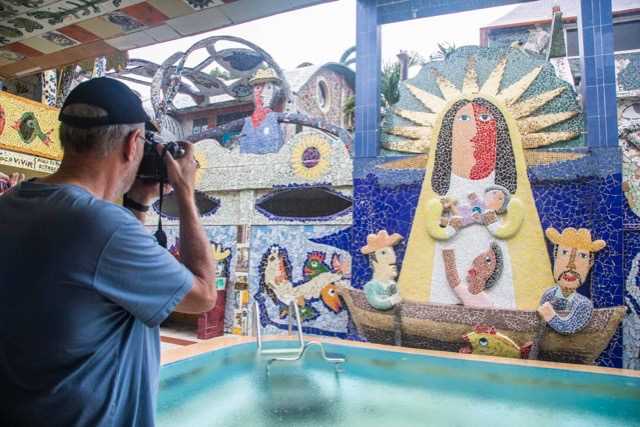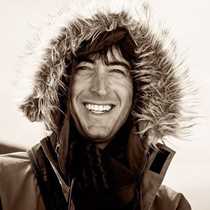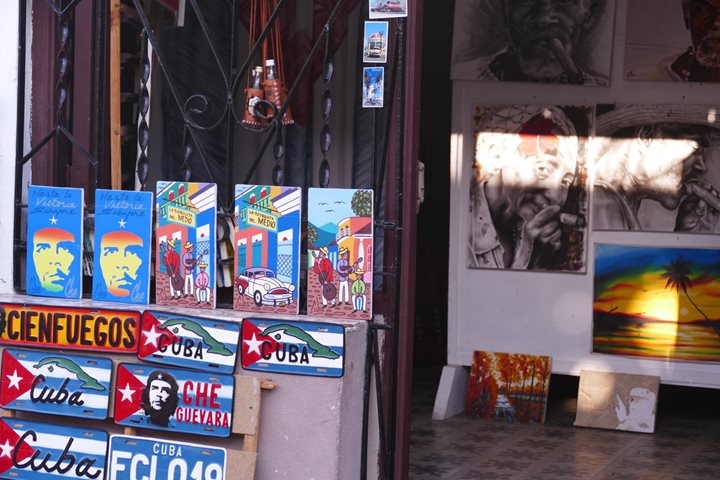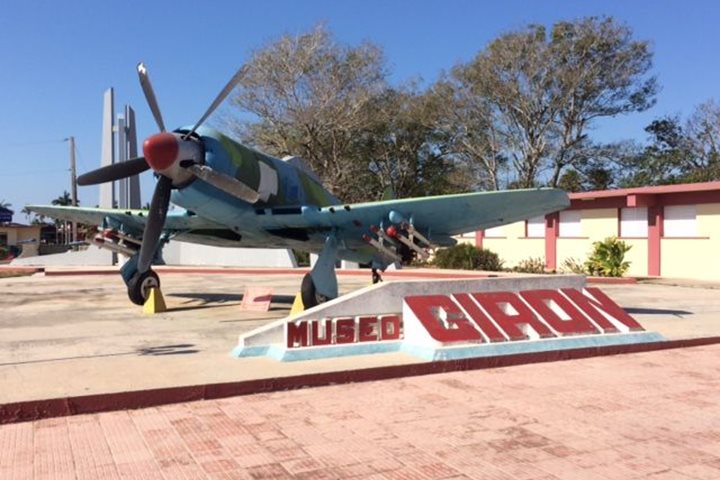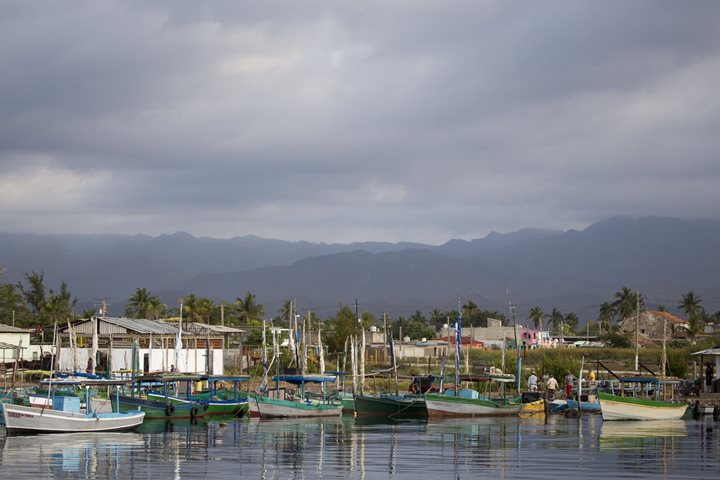Today was a deeper look at Cuban culture. For half the guests, the morning included an immersion into Cuban art, starting with the galleries and homes of Kcho and Jose Fuster. Afterwards, we took guided tours through the National Museum of Fine Art, which included influential artists through the 20th century. The pieces tell the story of the merciless rein of US supported leaders through Cuba’s first 50 years of independence, leading to the revolution of the 1950s. Meanwhile, the other half of our guests visited a national cigar factory seeing the hundreds of workers rolling Cohiba, Romeo & Juliet, Monte Cristo, and the other famous stogies. Afterwards, they visited an independent car mechanic workshop where classic cars from the 30s to 50s are taken down to the frame, reinforced, and then built back up with large sections of the car replaced with new metal. New interiors are sewn, new motors from Japan and China are installed, and immense attention to detail brings these cars back to life as if fresh off the factory line. Riding around in these beauties is a trip down memory lane.
After lunch, half of us were guided through the Revolution Museum, which is housed in the former Presidential Palace. The Italian Marble and Gold plated façade of the Presidential Office is a great setting to learn about Cuba’s fascinating history.
Oversimplified, my understanding goes something like this. Cuba gets independence from Spain at the end of the 19th century with help of the US fighting the Spanish-American war. Cuba is declared an independent country, but the constitution is written including the Platt Amendment, which gives the US the ability to control Cuba’s politics. This brings leaders representing two countries. After 50 years, more than 60% of Cuba’s land is owned and run by Americans. Havana is the playground for rich Americans, and American mafia are also benefitting greatly. Many Cubans, on the other hand, are barely surviving, and are living essentially in slums. US supported Batista, realizes he can’t win the election, so he took power through a coup to become the President. The constitution prohibits the death penalty, which is why many up-risers are shot dead in the streets instead of being arrested. Enter Fidel Castro, who was the son of a self-made rich Spanish land owner, but has spent years knowing hunger as he and his siblings are sent away to live with a schoolteacher’s family. He graduated from the Havana University to become a lawyer, but is led into activism to resist the injustices around Cuba. A failed attack to take a military barracks gets him into jail where he reads about the Russian Revolution and thinks deeply about American Imperialism. He defends himself in court, is released, goes to Mexico, and meets Che Guevara. Che helps his group, they sail back to Cuba, and after a long battle, Batista escaped, and Fidel is now the highly praised leader of Cuba. He returns the land back to Cuban ownership, and thus the US and Cuba will continue down a road of mutual misunderstanding.
We got to see the boat Fidel used to return to Cuba, along with many other amazing remnants from the revolution. Afterwards, we visited the beautiful Havana University, which gives Cuba’s best and brightest a world-class education, for free. The other half of our guests visited the Jimenez Museum dedicated to conservation in Cuba, and then went to OnCuba magazine headquarters to learn about modern society. Afterwards, we all went to the Lincoln Hotel to have dinner on the terrace meanwhile listening and dancing to one of Cuba’s most celebrated and historic bands, El Septeto Nacional. All-in-all, another fascinating and wonderful day in beautiful Cuba.

